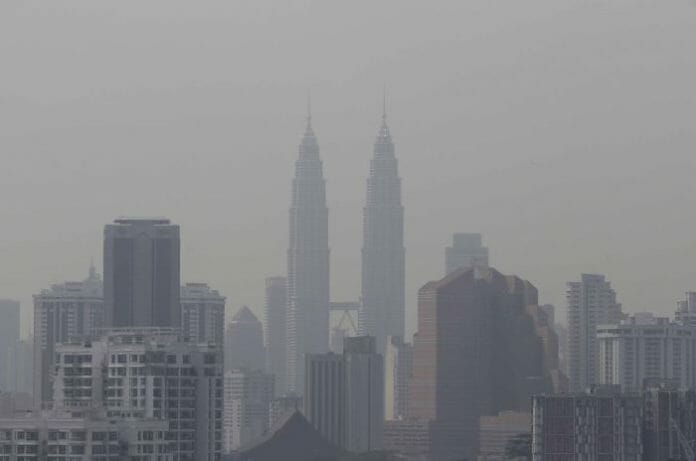The contraction in export and import growth moderated in May to -0.7% YoY and -3.3%YoY from -17.6% and -11.1% in April, respectively. The improvements in the May trade data were broadly in line with expectations said OCBC in its latest assessment of the economic performance (OCBC Exports: -1.1%; OCBC Imports: -5.7%) but well below consensus forecasts (Exports: -12.0%; Imports: -11.1%). As a result, the trade surplus widened to MYR15.4bn from MYR12.6bn in April (Consensus: MYR13.4bn; OCBC: MYR17.5bn).
According to the bank, the better May trade data overstates any underlying improvements as it was impacted by the moving Hari Raya holiday effect (in April this year versus May 2022). In fact, the combined April/May data confirms that an external sector slowdown in underway: export growth dropped to -9.4% YoY in April/May from +2.8% in Q1 while import growth fell to -7.1% YoY from +3.7% in Q1.
The drivers of May exports were broad-based with key products including electronical & electronics, chemicals, LNG and optical/scientific equipment picking up (Table 1). However, the April/May average showed that export growth for key products including palm oil (-35.3% YoY in April/May from -17.2% in Q1), LNG (-3.1% from 33.8% in Q1) and electrical and electronics (-2.6% from 3.3% in Q1) worsened versus Q1.
On the import front, the picture was more mixed. Import growth, classified by end-use, picked up for capital, consumer, and intermediate goods in May versus April. However, the combined April/May average showed that intermediate goods imports was the weakest link (-18.0% YoY from -3.8% in Q1), more than offsetting better growth in capital (12.5% YoY in April/May from 0.2% in Q1) and consumer (1.5% from 0.9% in Q1) goods imports. This suggests that there are some pockets of resilience on the domestic demand front. The upcoming six state elections is also likely to support government spending to some extent.
The broader trend, however, is clearly one of a slowdown on account of worsening external demand. This is reflected in the bank’s forecasts for GDP growth to slow to 4.1% YoY from Q2-Q4 2023 from 5.6% in Q1. Taken together with moderating inflation pressures, the need for further tightening by BNM is reduced, in our view. OCBC expects BNM to remain on hawkish pause for the rest of 2023. The risk is that BNM assesses domestic demand conditions to be hotter relative to its forecasts resulting in an incremental 25bp hike.









